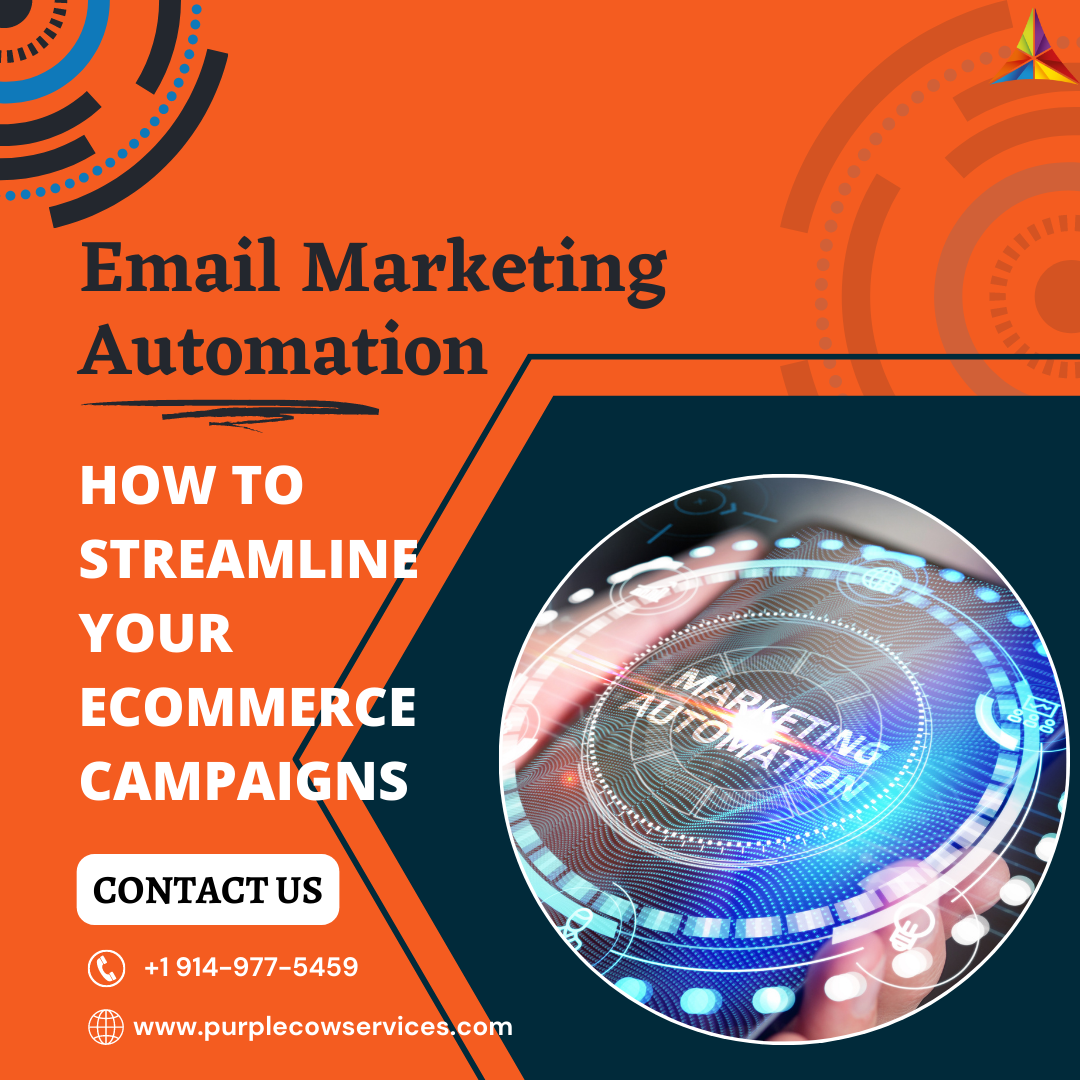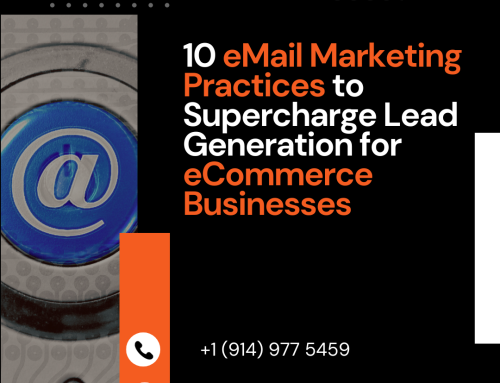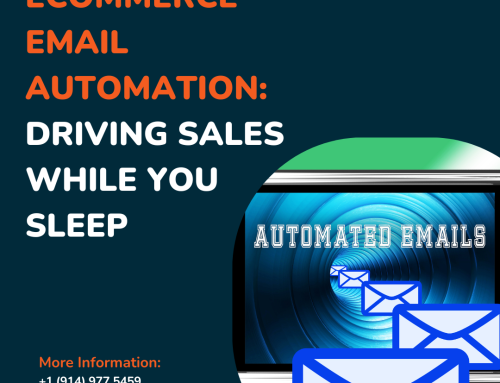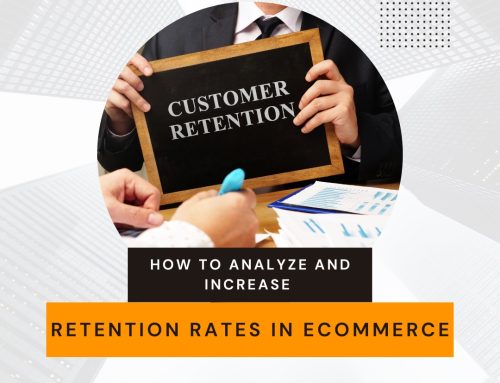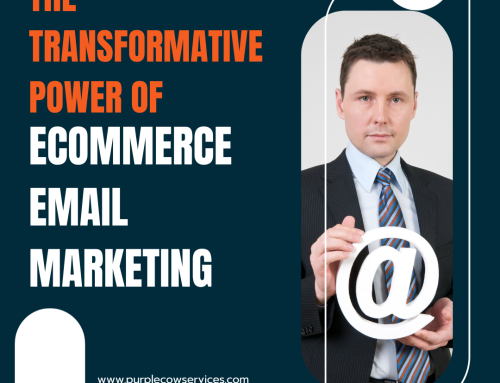Email marketing is a tried-and-tested marketing method that can help businesses increase their revenue and customer engagement. However, manually sending out emails to your subscribers can be a time-consuming process that can eat up valuable resources.
Share This Story, Choose Your Platform!
Email marketing automation proves to be useful in this scenario. By automating your email marketing campaigns, you can streamline your marketing efforts and improve your ROI.
Here’s a guide on how to streamline your eCommerce campaigns with email marketing automation:
Segment Your Email List
One of the most important steps to streamline your eCommerce campaigns with email marketing automation is to segment your email list. Segmentation means dividing your email list into smaller groups based on specific criteria such as location, interests, purchase history, and behavior. By segmenting your email list, you can send targeted and personalized emails that resonate with your subscribers.
For example, if you have an eCommerce store that sells clothing, you can segment your email list into groups such as men’s clothing, women’s clothing, and children’s clothing. This way, you can send tailored emails to each group based on their preferences.
Use Behavioral Triggers
Behavioral triggers are a powerful tool for email marketing automation. A behavioral trigger is an action taken by a subscriber that triggers an email to be sent. For example, when a subscriber abandons their shopping cart, you can send them an email reminding them of the items in their cart and offering a discount code to encourage them to complete the purchase.
Other behavioral triggers you can use include:
- Product browsing history
- Purchase history
- Email opens and clicks
Using behavioral triggers can help you send relevant and timely emails to your subscribers, which can increase engagement and conversions.
Use Dynamic Content
Dynamic content is another effective way to streamline your eCommerce campaigns with email marketing automation. Dynamic content refers to content that changes based on specific criteria. For example, if you have an eCommerce store that sells products in different categories such as clothing, accessories, and footwear, you can use dynamic content to show different products based on the subscriber’s browsing or purchase history.
Using dynamic content can help you send personalized and relevant emails that cater to the individual subscriber’s interests and preferences.
Use A/B Testing
A/B testing is a method of testing two different versions of an email to see which one performs better. By using A/B testing, you can improve the effectiveness of your email marketing campaigns and increase conversions.
To conduct an A/B test, you need to create two different versions of an email, such as different subject lines or different images. Then, you can send each version to a small portion of your email list to see which one performs better. Once you have determined the winning version, you can send it to the remaining subscribers on your email list.
Use a Drip Campaign
A drip campaign is a series of emails sent to a subscriber over a period of time. Drip campaigns can be used to nurture leads and guide them through the sales funnel. For example, if you have a new subscriber, you can send them a welcome email followed by a series of emails that highlight the benefits of your products or services.
Using a drip campaign can help you build relationships with your subscribers and increase conversions over time.
Analyze Your Results
Finally, it’s important to analyze your email marketing automation results to see what works and what doesn’t. By analyzing your results, you can make data-driven decisions and improve the effectiveness of your campaigns.
Some metrics you should track include:
- Open rates: The percentage of recipients who opened your email.
- Click-through rates: The percentage of recipients who clicked on a link within your email.
- Conversion rates: The percentage of recipients who completed a desired action, such as making a purchase or filling out a form.
- Revenue generated: The total amount of revenue generated from your email marketing campaigns.
By analyzing these metrics, you can determine what type of content and messaging resonates with your subscribers and adjust your campaigns accordingly.
Undoubtedly email marketing automation is a powerful tool that can help eCommerce businesses streamline their marketing campaigns and improve their ROI. Hence, by segmenting your email list, using behavioral triggers, dynamic content, A/B testing, drip campaigns, and analyzing your results, you can create targeted and personalized emails that resonate with your subscribers and drive conversions. With the right email marketing automation strategy, you can save time and resources while increasing customer engagement and revenue. Start implementing these tips today and see the positive impact it can have on your eCommerce business.
Looking to streamline your eCommerce campaigns? Check out Purple Cow‘s expert advice on email marketing automation. Learn how to improve customer engagement, increase conversions, and save time with our proven strategies. Don’t miss out on this opportunity to take your eCommerce business to the next level.
Share This Story, Choose Your Platform!
In This Blog:


